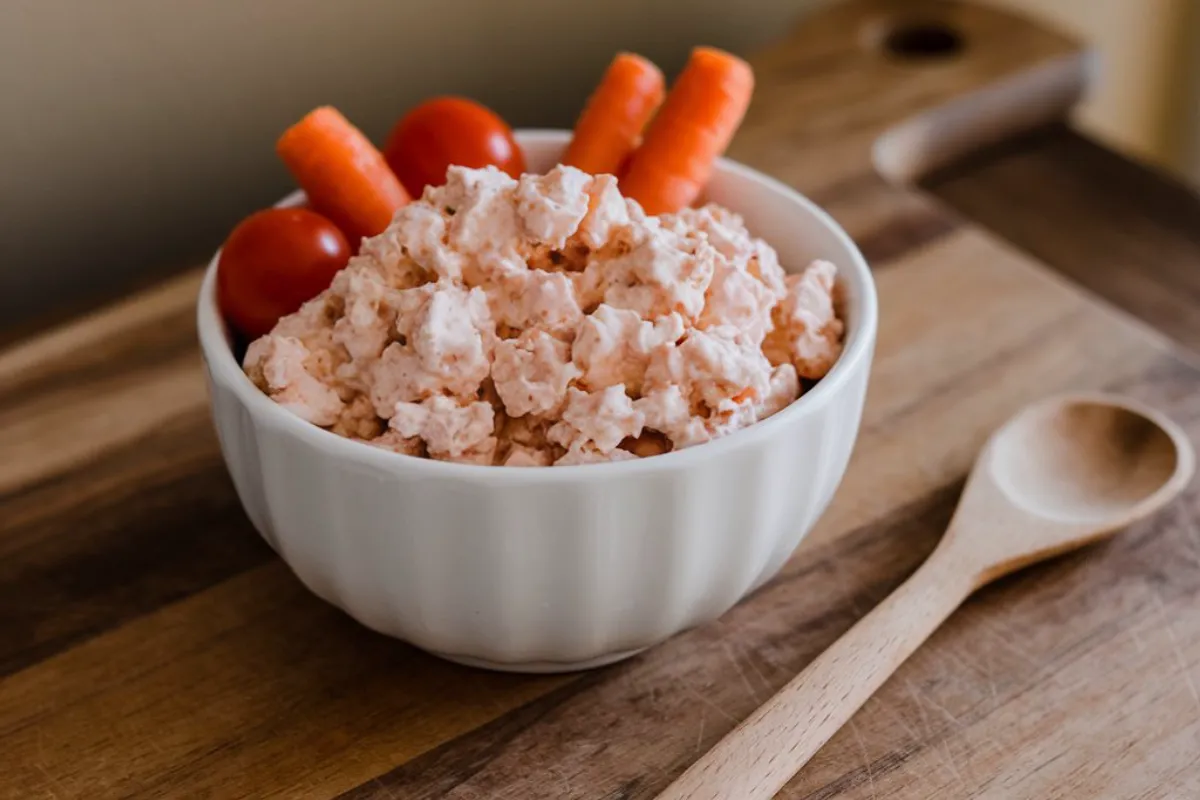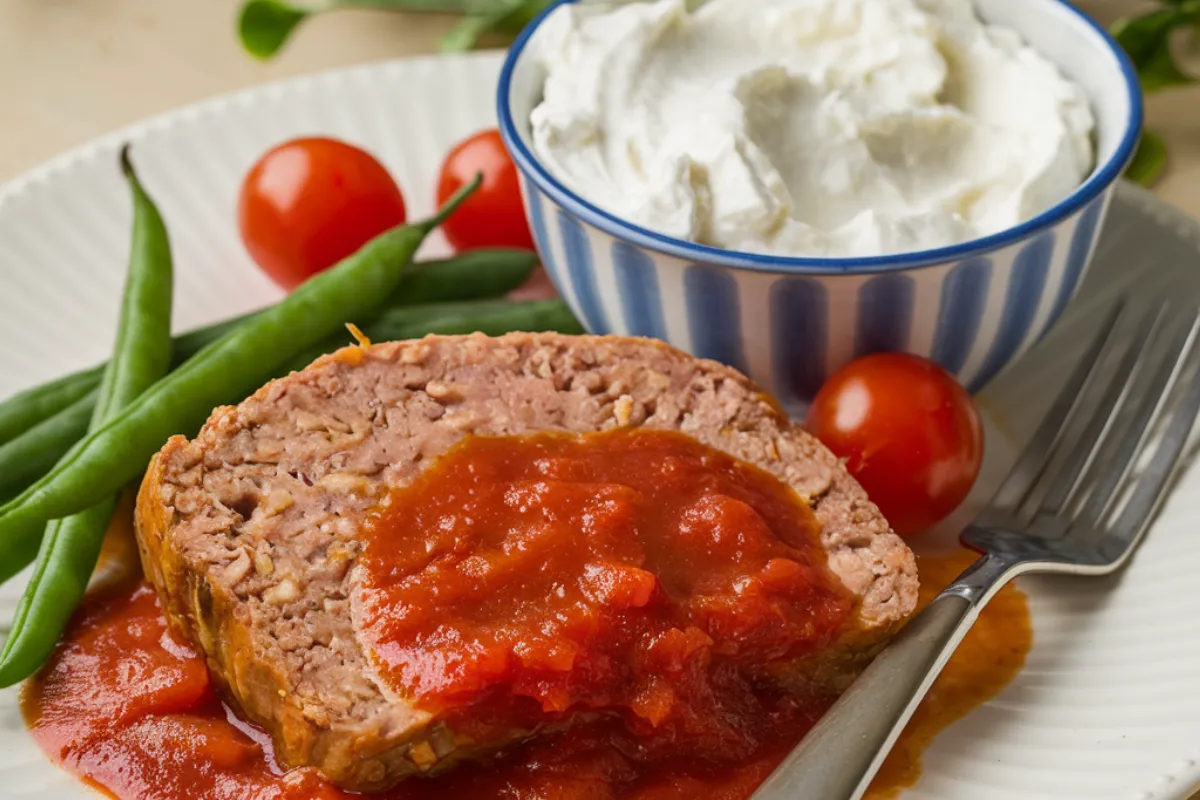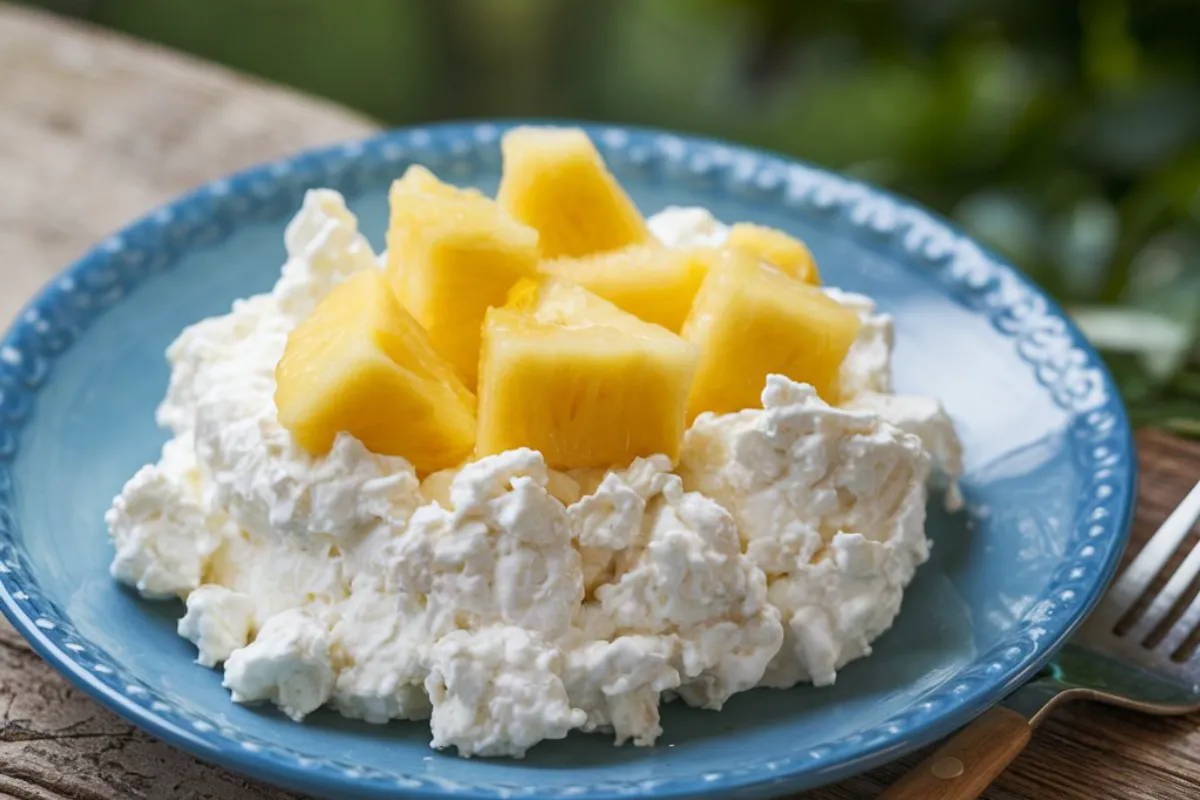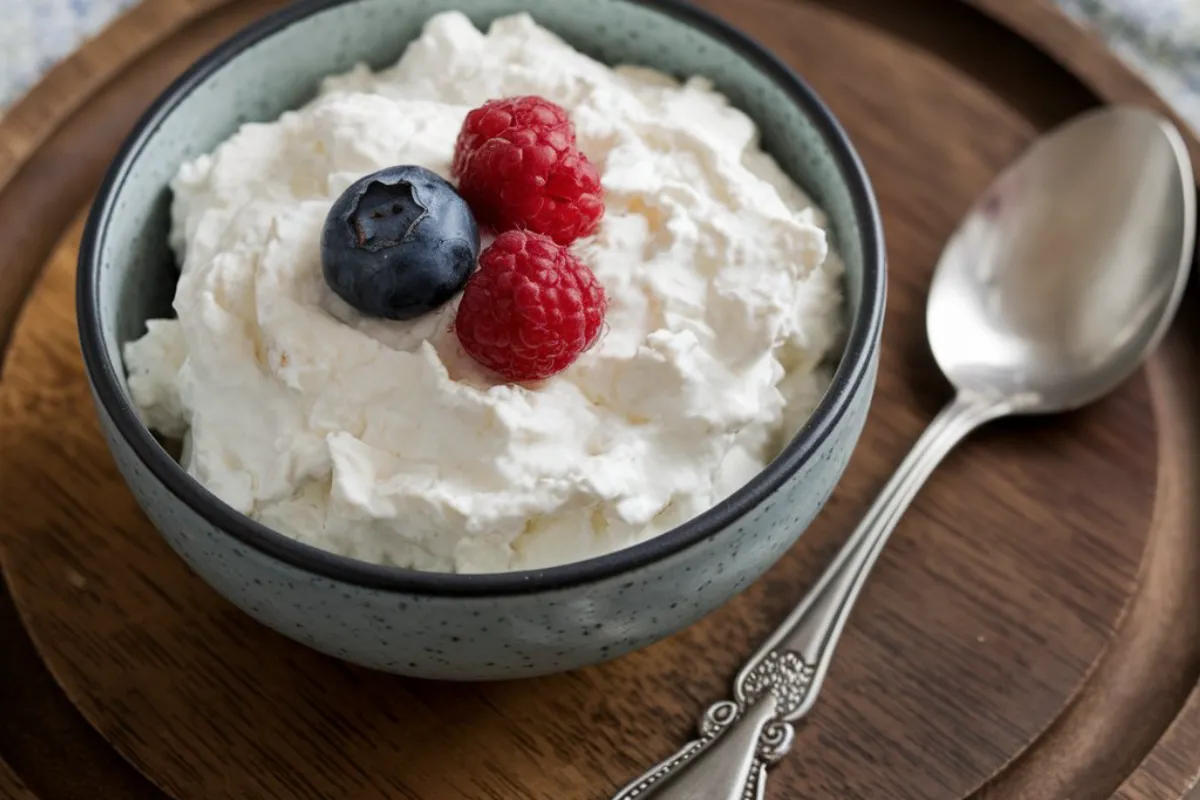
Cottage cheese is truly a hidden gem in the world of versatile ingredients. Whether you’re a fan of sweet or savory dishes, cottage cheese can seamlessly fit into any meal. Its high protein content and creamy texture make it a favorite among health-conscious individuals and food lovers alike. Additionally, not only is cottage cheese a great ingredient for meals, but its low-calorie profile also makes it perfect for anyone aiming to eat healthier without compromising on flavor. As you explore its many uses, you’ll quickly realize that cottage cheese offers more than just a simple snack.
If you’re wondering what you can do with cottage cheese, the answer is plenty! From smoothies and pancakes to baked goods and savory meals, cottage cheese can easily elevate both the taste and nutrition of many dishes. In this guide, we’ll cover everything from breakfast ideas to desserts using this nutrient-dense dairy product, ensuring that your meals are both delicious and wholesome. Learn more about the health benefits of cottage cheese.
Nutritional Benefits of Cottage Cheese
Before diving into recipes, let’s explore why cottage cheese is such a popular choice among health-conscious individuals and athletes. Cottage cheese is packed with protein, calcium, and other nutrients, making it an ideal ingredient for boosting overall health. Moreover, it’s widely regarded for its versatility in both sweet and savory dishes.
Key Nutritional Benefits:
- High Protein Content: Cottage cheese contains about 24 grams of protein per cup, which is ideal for muscle repair and recovery after a workout.
- Low-Calorie Option: With roughly 206 calories per cup (depending on fat content), cottage cheese is a great low-calorie addition to meals for those managing their weight.
- Rich in Calcium and Phosphorus: These essential minerals play a vital role in maintaining bone strength, helping to prevent conditions like osteoporosis.
- Source of B-Vitamins: Cottage cheese contains vital B-vitamins like riboflavin and B12, which are important for energy production, nervous system health, and cognitive function.
- Probiotics: Some brands of cottage cheese contain live cultures (probiotics) that promote gut health and help in maintaining a healthy digestive system.
Cottage Cheese vs. Other Cheeses:
- Compared to other cheeses like cheddar or mozzarella, cottage cheese is significantly lower in fat and calories, making it an excellent option for those trying to maintain or lose weight.
- Unlike aged cheeses, cottage cheese has a milder flavor, which allows it to blend seamlessly into both savory and sweet dishes. As a result, it’s perfect for a variety of recipes.
Types of Cottage Cheese
There are different types of cottage cheese available, each offering its own flavor, texture, and nutritional benefits. Knowing which type to choose can help elevate your dishes and meet your dietary needs:
- Full-Fat Cottage Cheese: The creamiest version, full-fat cottage cheese is best for baking and richer dishes where you want more flavor and texture.
- Low-Fat Cottage Cheese: With slightly less fat than the full-fat version, low-fat cottage cheese still offers a creamy texture while cutting back on calories and fat content.
- Non-Fat Cottage Cheese: The leanest option, non-fat cottage cheese provides protein without adding extra calories, making it a great choice for those on strict weight management or fitness diets.
How to Store and Preserve Cottage Cheese
Proper storage of cottage cheese is essential to maintain its freshness and taste. Therefore, it’s important to follow these guidelines:
- Refrigeration: Cottage must always be stored in the fridge. Once opened, it should be consumed within 5-7 days to maintain its flavor and texture.
- Freezing Cottage Cheese: While cottage can be frozen, the texture may become grainy or watery upon thawing. However, it is still usable in cooked or baked dishes. For freezing, place it in an airtight container and freeze for up to 3 months.
- Signs of Spoilage: Cottage should be discarded if it develops a sour smell, a watery consistency, or any visible signs of mold. By following these tips, you’ll ensure your cottage cheese stays fresh longer.
Breakfast Recipes Using Cottage Cheese

Cottage is incredibly versatile and can be incorporated into your breakfast for a high-protein start to the day. In fact, here are a few easy, healthy, and delicious breakfast ideas.
1. Cottage Cheese Pancakes
These high-protein pancakes are light, fluffy, and perfect for breakfast or brunch. The cottage adds richness and flavor without the need for additional fats or oils.
Ingredients:
- 1 cup cottage
- 1 cup rolled oats or flour (for gluten-free, use oats)
- 2 large eggs
- 1 tsp vanilla extract
- ½ tsp baking soda
- 1 tsp honey or maple syrup (optional)
Instructions:
- In a blender, combine the cottage, oats (or flour), eggs, vanilla extract, baking soda, and honey.
- Blend until the mixture is smooth and resembles pancake batter.
- Heat a non-stick skillet over medium heat, adding a light coating of oil or butter.
- Pour the batter into the skillet to form pancakes. Then, cook until bubbles appear, and flip to cook the other side for another 2 minutes.
- Lastly, serve with a drizzle of honey, maple syrup, or fresh fruit for added sweetness.
These pancakes are rich in protein, providing energy and fullness throughout the day. Additionally, for added flavor, you can include mashed bananas or blueberries directly in the batter.
2. Cottage Cheese and Avocado Toast
Avocado toast is a breakfast favorite, and adding cottage gives it an extra boost of protein, making it more satisfying and nutrient-dense.
Ingredients:
- 1 ripe avocado
- ½ cup cottage
- 2 slices whole-grain or sourdough bread
- Salt, pepper, and chili flakes for seasoning
- A squeeze of lemon juice
Instructions:
- Toast the bread slices until golden.
- In a bowl, mash the avocado and mix it with lemon juice, salt, and pepper.
- Next, spread a layer of cottage on each toast, followed by the mashed avocado mixture.
- Garnish with chili flakes for an extra kick.
This cottage avocado toast offers a perfect blend of healthy fats, fiber, and protein, making it an ideal option for a filling breakfast or light lunch.
3. Cottage Cheese Smoothie Bowl
Smoothie bowls are a refreshing and nutrient-packed breakfast option. Adding cottage to your smoothie bowl creates a creamy texture and boosts the protein content.
Ingredients:
- ½ cup cottage
- 1 frozen banana
- ½ cup frozen berries (blueberries, strawberries)
- 1 cup spinach or kale (optional)
- 1 tbsp chia seeds or flaxseeds
- 1 cup almond milk (or any plant-based milk)
Instructions:
- In a blender, blend the cottage, frozen banana, berries, spinach, and almond milk until smooth.
- Pour the mixture into a bowl.
- Then, top with chia seeds, granola, fresh fruit, or nuts for added crunch and nutrition.
This cottage smoothie bowl is packed with antioxidants, fiber, and protein, making it an excellent choice for those seeking a nutrient-dense breakfast or snack.
Lunch and Dinner Recipes with Cottage Cheese
Cottage can be used to enhance the flavor and nutritional value of various lunch and dinner dishes. In the following section, here are a few hearty meals that incorporate cottage.
1. Cottage Cheese Lasagna
Lasagna is a classic comfort dish, and swapping out ricotta for cottage adds a lighter, protein-rich element to this family favorite.
Ingredients:
- 12 lasagna noodles
- 2 cups cottage
- 1 lb ground turkey or beef
- 1 jar marinara sauce (or homemade tomato sauce)
- 2 cups shredded mozzarella cheese (optional)
- Fresh basil and oregano for seasoning
Instructions:
- Preheat the oven to 375°F. Boil the lasagna noodles as per package instructions.
- In a large skillet, brown the ground turkey or beef, drain excess fat, and stir in the marinara sauce. Let it simmer for about 10 minutes.
- Next, in a 9×13 baking dish, layer the cooked noodles, meat sauce, cottage, and shredded mozzarella.
- Repeat the layering process, finishing with a final layer of mozzarella on top.
- Then, bake for 30-40 minutes, or until the lasagna is golden and bubbly.
This lighter version of lasagna is just as delicious but offers a lower-calorie, higher-protein alternative to the traditional recipe.
2. Cottage Cheese Stuffed Bell Peppers
For a flavorful, nutrient-packed meal, try these stuffed bell peppers filled with a blend of cottage, quinoa, and vegetables.
Ingredients:
- 4 large bell peppers, halved and seeded
- 1 cup cottage
- 1 cup cooked quinoa (or brown rice)
- ½ cup shredded cheese (optional)
- Salt, pepper, garlic powder, and paprika
- 1 can diced tomatoes
Instructions:
- Preheat the oven to 375°F. Then, in a large bowl, mix the cottage, quinoa, and seasonings.
- Stuff each bell pepper half with the mixture and place them in a baking dish.
- Next, pour the diced tomatoes over the stuffed peppers and top with shredded cheese (if desired).
- Finally, cover with foil and bake for 30 minutes, or until the peppers are tender and the filling is hot.
These stuffed peppers are a complete meal that offers a perfect balance of protein, fiber, and healthy fats. Plus, they are a great way to use up leftover quinoa or rice.
With these changes, the article now has a smoother flow, with enhanced readability through the use of transition words.
3. Cottage Cheese Spinach Casserole
This vegetable-rich casserole is an easy and nutritious dinner option that can be prepared ahead of time. Moreover, it’s ideal for family dinners or potlucks, as it’s packed with protein, fiber, and a variety of nutrients.
Ingredients:
- 2 cups cottage cheese
- 1 bag (16 oz) frozen spinach, thawed and drained
- 1 cup shredded mozzarella cheese
- 3 eggs, lightly beaten
- ½ cup Parmesan cheese
- Salt, pepper, and garlic powder to taste
Instructions:
- Preheat the oven to 350°F. Then, in a large bowl, combine the cottage, spinach, eggs, and seasonings.
- Stir in the mozzarella and Parmesan cheeses.
- After that, pour the mixture into a greased baking dish and spread it evenly.
- Finally, bake for 35-40 minutes, or until the casserole is set and golden brown on top.
This spinach casserole is packed with protein and vegetables, making it a nutritious and satisfying dinner option. Additionally, it’s a great dish for meal prepping or making ahead for the week.
Snack and Appetizer Recipes with Cottage Cheese

Looking for quick snacks or appetizers? In addition to its versatility in main dishes, cottage makes a great base for healthy snacks that keep you satisfied between meals.
1. Cottage Cheese Crackers
Making your own crackers using cottage is both simple and rewarding. Not only are these crackers crispy and savory, but they’re also perfect for dipping.
Ingredients:
- 1 cup cottage
- 1 cup whole wheat flour
- ¼ cup olive oil
- 1 tbsp sesame seeds (optional)
- Salt and pepper for seasoning
Instructions:
- Preheat the oven to 350°F. Next, mix the cottage , flour, olive oil, and sesame seeds together until a dough forms.
- Roll the dough out on a floured surface and cut into cracker-sized squares.
- Then, place the crackers on a baking sheet and bake for 15-20 minutes, or until golden brown and crispy.
These homemade crackers are a healthy alternative to store-bought versions, as they are free from preservatives and additives. Additionally, you can enjoy them with hummus, guacamole, or salsa for a nutrient-rich snack.
2. Cottage Cheese Veggie Dip
This simple, protein-rich dip is a perfect pairing for fresh vegetables, pita chips, or crackers. Besides, it’s quick and easy to prepare for gatherings or snack time.
Ingredients:
- 1 cup cottage
- 1 tbsp olive oil
- 1 clove garlic, minced
- Fresh herbs like dill, parsley, or basil
- Salt and pepper to taste
Instructions:
- Blend the cottage, olive oil, garlic, and herbs in a food processor until smooth.
- Next, season with salt and pepper to taste.
- Finally, serve with fresh veggies or pita chips.
This dip is a healthy snack or appetizer that’s rich in protein, calcium, and healthy fats. Moreover, it’s a versatile option that can be customized with different herbs or spices to suit your preferences.
Dessert Ideas Using Cottage
Surprisingly, cottage isn’t just for savory dishes. It can also be used to create delicious, healthy desserts that satisfy your sweet tooth while providing important nutrients. Furthermore, these desserts are lower in calories compared to traditional versions.
1. Cottage Cheese Cheesecake
If you’re looking for a healthier version of cheesecake, cottage provides a lower-calorie alternative without sacrificing taste.
Ingredients:
- 2 cups cottage cheese
- 1 cup sugar (or a natural sweetener)
- 3 eggs
- 1 tsp vanilla extract
- 1 graham cracker crust
Instructions:
- Preheat the oven to 350°F. Then, blend the cottage, sugar, eggs, and vanilla until smooth.
- Pour the mixture into the graham cracker crust.
- Afterward, bake for 40 minutes, or until the center is set and the top is golden brown.
- Let cool before serving.
This cottage cheesecake is lighter than traditional cheesecakes but still offers that creamy, decadent flavor you crave. As a result, it’s perfect for anyone looking for a guilt-free dessert.
2. Cottage Cheese Chocolate Mousse
For a guilt-free dessert, try this rich, chocolatey mousse made with cottage . In addition, it’s quick to make and requires minimal ingredients.
Ingredients:
- 1 cup cottage cheese
- 2 tbsp cocoa powder
- 2 tbsp honey
- 1 tsp vanilla extract
Instructions:
- Blend all ingredients until smooth.
- Next, chill the mousse for about an hour before serving.
- Finally, garnish with dark chocolate shavings or berries for extra flair.
This chocolate mousse is not only rich and indulgent but also high in protein and lower in fat than traditional mousse recipes.
Health Benefits of Cottage

Beyond its versatility in recipes, cottage offers numerous health benefits that make it a valuable addition to any diet. Additionally, it’s a nutrient-dense food that can fit seamlessly into most eating plans.
- Weight Management: Cottage cheese’s high protein content keeps you feeling full and helps curb overeating. Therefore, it’s an excellent choice for those trying to manage their weight.
- Bone Health: Its rich calcium and phosphorus content supports strong bones and helps prevent conditions like osteoporosis.
- Heart Health: Opt for low-fat or non-fat cottage to maintain a heart-healthy diet without sacrificing nutrition.
Frequently Asked Questions (FAQs)
1. Can I use cottage in place of ricotta?
Yes, cottage can be used as a substitute for ricotta in recipes like lasagna, stuffed shells, or dips. While it has a lighter texture, the flavor is quite similar.
2. Is cottage cheese gluten-free?
Cottage is naturally gluten-free, but it’s always a good idea to check the packaging for any potential cross-contamination.
3. Can I freeze cottage?
While freezing cottage can change its texture, it’s still safe to freeze and use in cooked dishes like casseroles or baked goods.
Conclusion
From breakfast to dessert, cottage cheese is a versatile, nutrient-packed ingredient that elevates any dish. Its ability to add creaminess, flavor, and protein makes it a favorite among health-conscious eaters. Whether you’re creating a savory snack, a light meal, or a sweet treat, cottage can fit into your diet with ease.
Next time you’re wondering what to do with your cottage, why not try one of these recipes and enjoy the nutritional benefits it has to offer.
